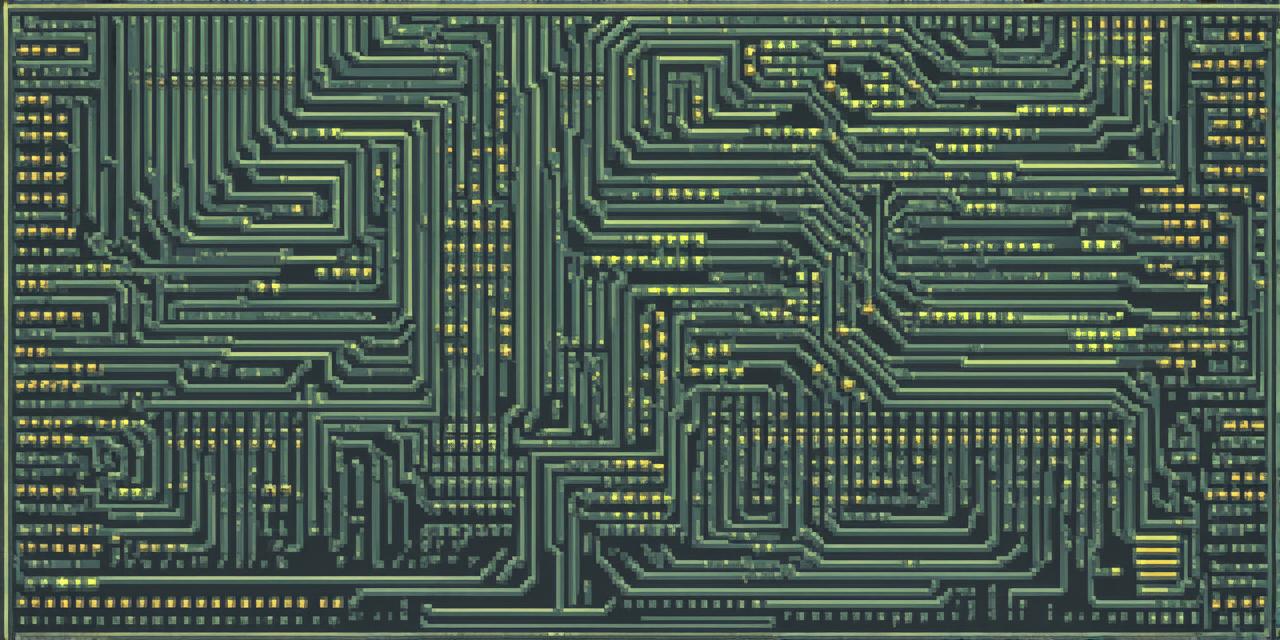Video games are a popular form of entertainment and have been around for decades. With the rise of technology and the increasing popularity of programming languages like C++, making your own video game has become more accessible than ever before.
In this comprehensive guide, we will explore how to make a video game with C++, including the tools and techniques needed to bring your vision to life.
Before diving into the technical aspects of creating a video game with C++, let’s first discuss the basics of what makes a video game. A video game is an interactive digital medium that uses graphics and sound to simulate a real-world or fictional environment where the player can interact with objects and characters in various ways.
The ultimate goal of a video game is to create an engaging and entertaining experience for the player, who must use their skills and strategy to overcome challenges and progress through the game.
Now that we have a basic understanding of what makes a video game, let’s discuss the tools and techniques needed to make one with C++. One of the most important tools for creating a video game with C++ is an integrated development environment (IDE). An IDE is a software suite that provides developers with all the tools they need to write, debug, and compile code, including text editors, compilers, debuggers, and other utilities.
Some popular IDEs for C++ game development include Code::Blocks, Visual Studio, and Eclipse.
Once you have chosen an IDE, the next step is to learn the basics of C++ programming. C++ is a high-performance programming language that is widely used in video game development due to its ability to optimize code for speed and efficiency. To get started with C++, there are many online resources available, including tutorials, documentation, and example programs.

Some popular websites for learning C++ include GeeksforGeeks, Udemy, and edX.
Once you have a solid understanding of the basics of C++ programming, it’s time to start thinking about the specific components of your video game. The first step is to design the game mechanics, which includes determining the rules and objectives of the game, as well as the movement and behavior of characters and objects within the game world.
This can be done using a variety of tools, including flowcharts, pseudocode, and prototypes.
Next, you will need to create the game assets, which include the graphics, sound effects, and other media that make up the game. These assets can be created using specialized software such as Adobe Photoshop, Maya, or Unity, or they can be purchased from online marketplaces like TurboSquid or Shutterstock. Once you have created your game assets, you will need to integrate them into the game using C++ code.
One of the most important aspects of creating a video game is optimizing the code for speed and efficiency. This is especially important in video games, where even small delays can result in a choppy and unresponsive playing experience. To optimize your code, you will need to have a deep understanding of the underlying algorithms and data structures used in the game mechanics. You will also need to use techniques such as caching, compression, and parallel processing to reduce the load on the computer’s hardware.
Finally, once your game is complete, you will need to test it thoroughly to ensure that it is bug-free and runs smoothly. This can be done using a variety of testing tools and techniques, including unit testing, integration testing, and user acceptance testing. You will also need to gather feedback from users and make any necessary changes to improve the gameplay experience.
In conclusion, creating a video game with C++ requires a combination of technical skills, creativity, and attention to detail.
